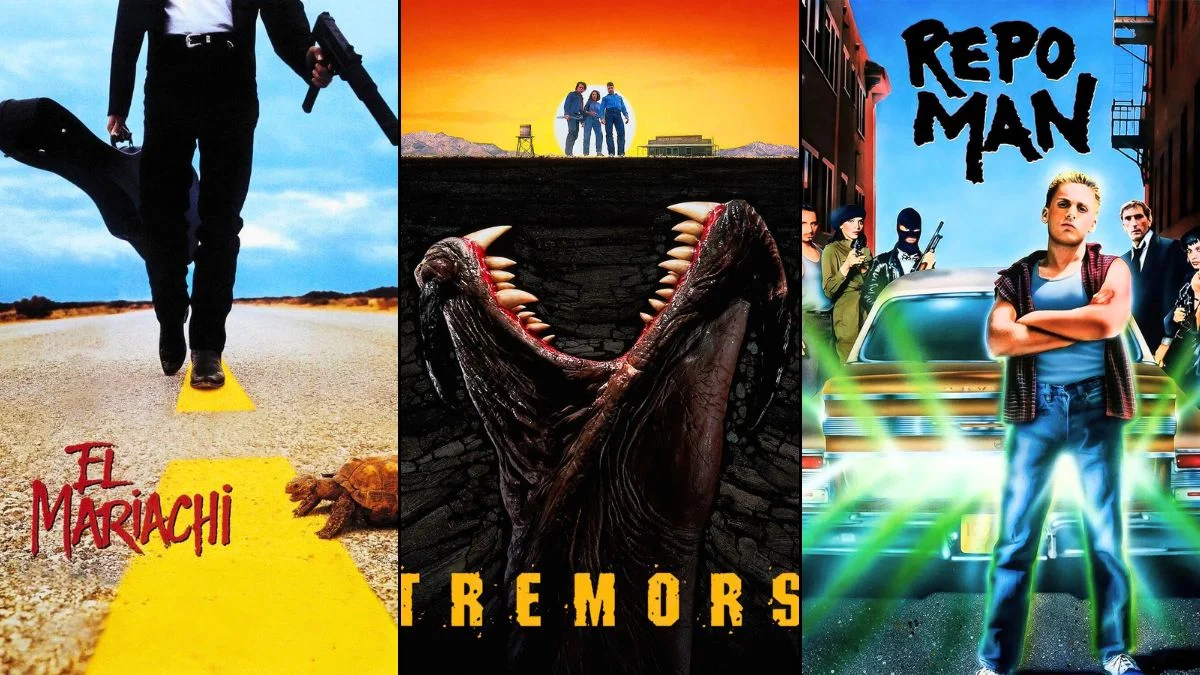
B-movies are known for taking big risks with limited funds, using clever ideas, practical effects, and bold stories to create something memorable. Though often made quickly and inexpensively, they’ve frequently given us early looks at future stars, helped create popular genres, and inspired many filmmakers. The following films demonstrate how resourcefulness and creativity can overcome budget constraints to produce truly unforgettable movies.
‘The Evil Dead’ (1981)
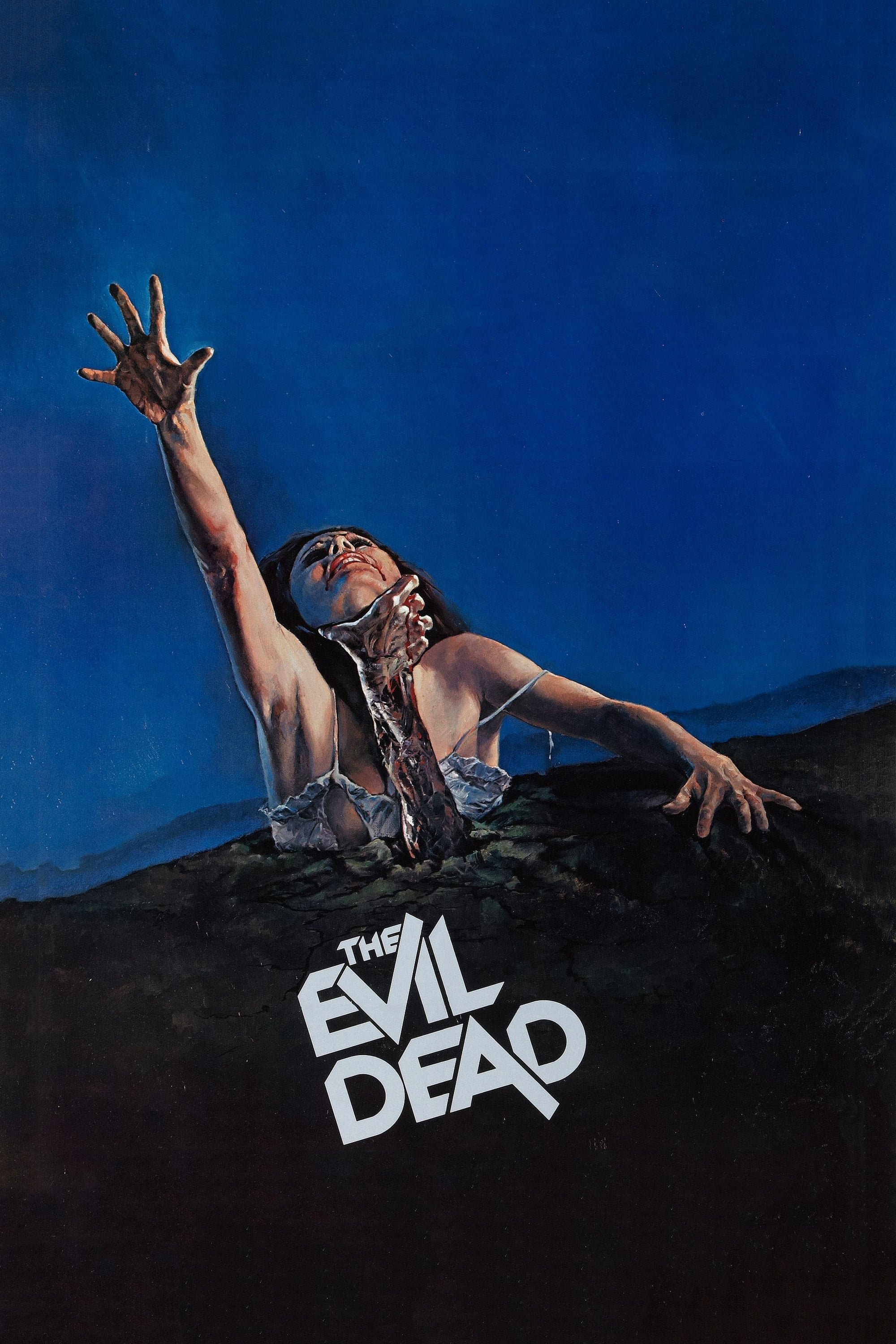
As a horror fan, I always loved how Sam Raimi made *The Evil Dead*. It’s incredible to think he filmed it with such a small team, out in the Tennessee countryside! It really showed what you could do with creativity instead of a huge budget. That movie was how most of us first met Bruce Campbell as Ash, and it was packed with crazy, practical effects and really dynamic camera work. It started small, gaining buzz at film festivals, but quickly found an audience and built this amazing, dedicated fanbase. That’s what led to all the sequels and the whole franchise we know and love today.
‘Night of the Living Dead’ (1968)
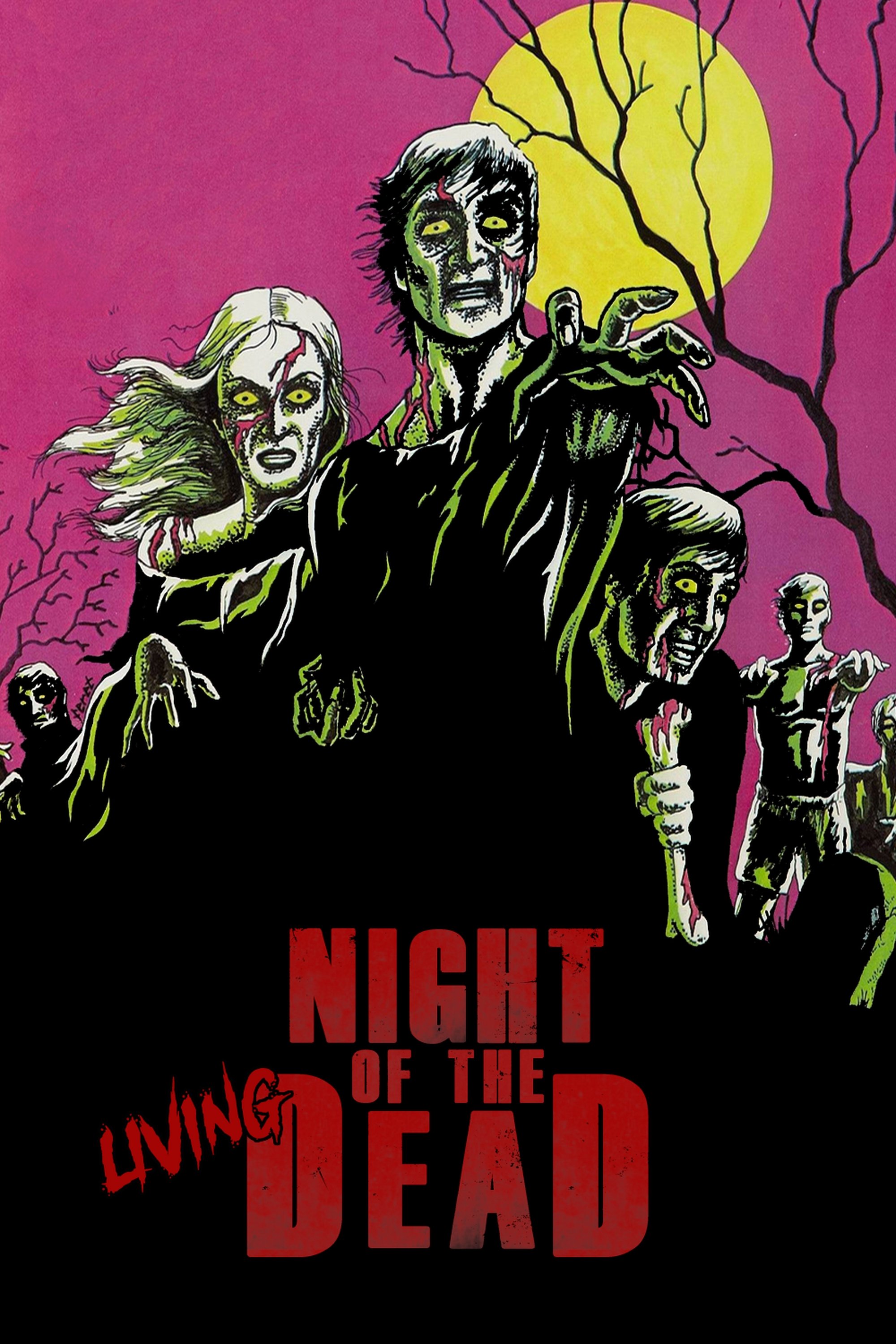
George A. Romero, working with a team in Pittsburgh, created a hugely influential independent horror film that changed how we think about zombies. The film’s distinctive black and white look and realistic style weren’t just artistic choices – they were born out of limited resources and clever filmmaking. Because it wasn’t copyrighted, the film spread quickly, becoming a late-night favorite and inspiring countless zombie movies that followed.
‘Carnival of Souls’ (1962)
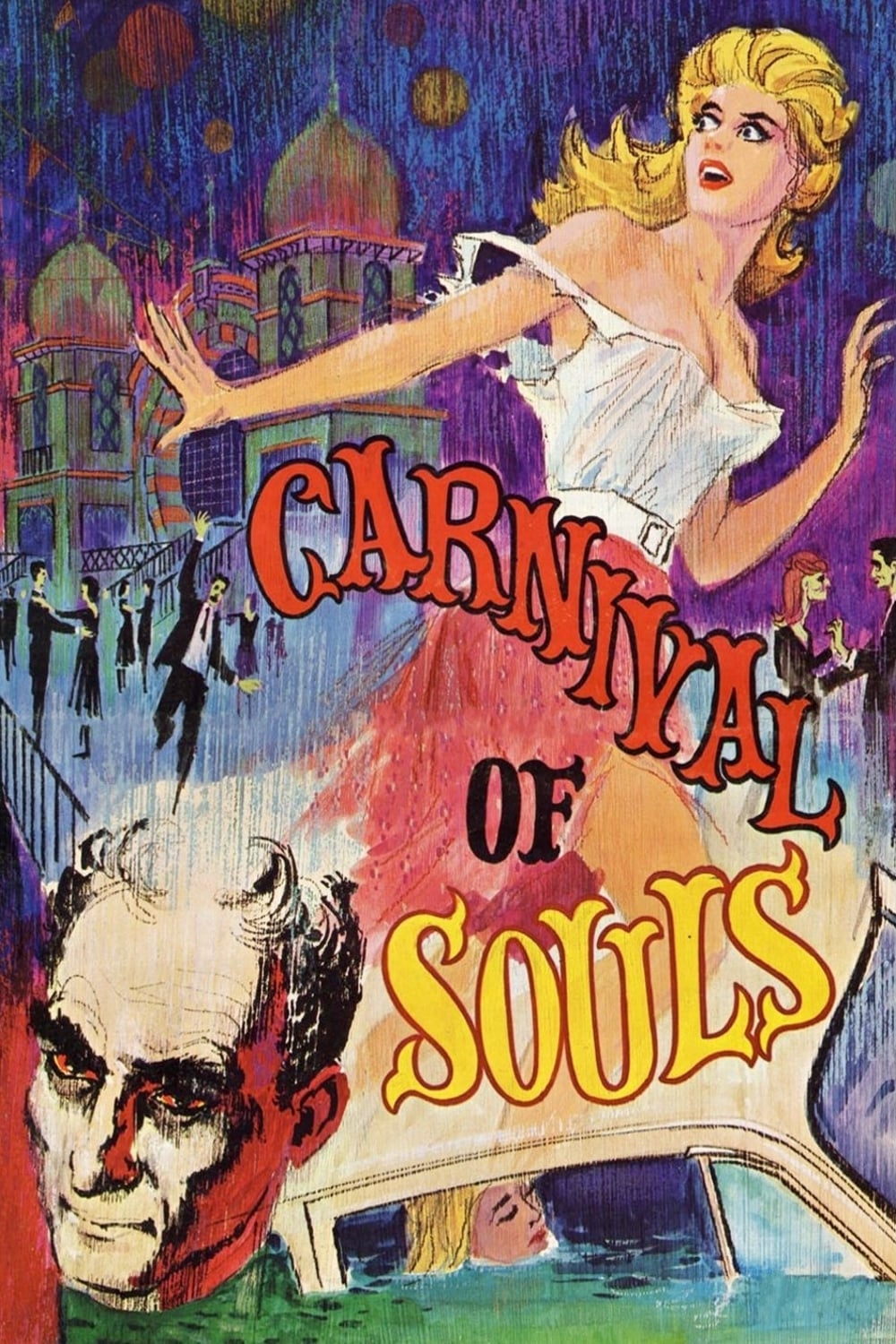
Herk Harvey, an industrial filmmaker, created this unsettling story on location in Kansas and Utah, including the Saltair pavilion, to keep costs down. The film’s simple but effective music featured a memorable organ, and its dreamlike quality came from skillful editing and creative set design. Though initially shown at drive-ins, the film gained renewed recognition as a suspenseful psychological thriller thanks to later restorations and television broadcasts.
‘El Mariachi’ (1992)
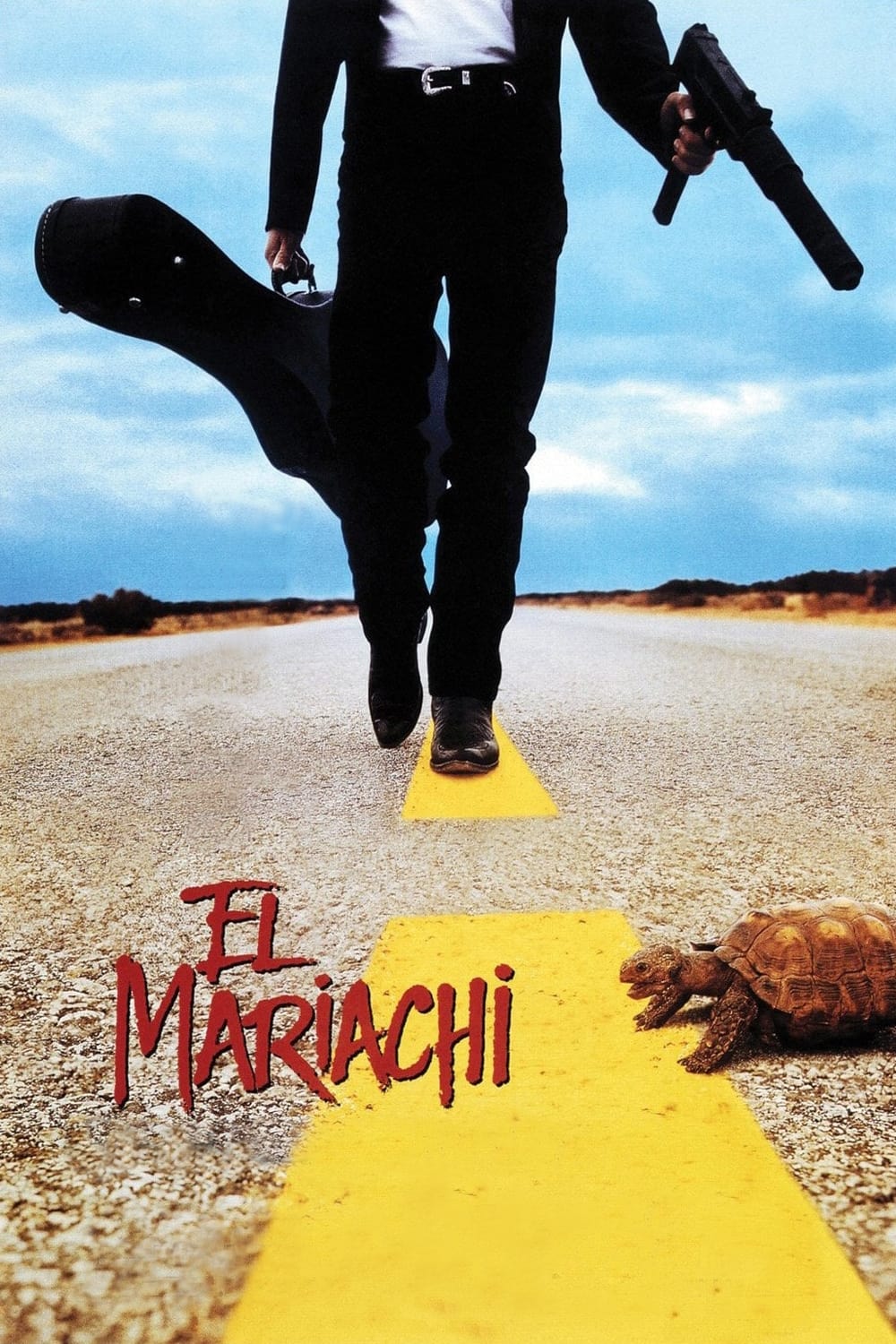
Robert Rodriguez funded his first film by participating in medical research and filmed it in Spanish with local actors in northern Mexico. He kept costs down by borrowing props, using natural light, and getting creative with camera angles for the action sequences. After gaining recognition at film festivals, Columbia Pictures bought the film, launching Rodriguez’s career as a prominent director in Hollywood.
‘The Texas Chain Saw Massacre’ (1974)
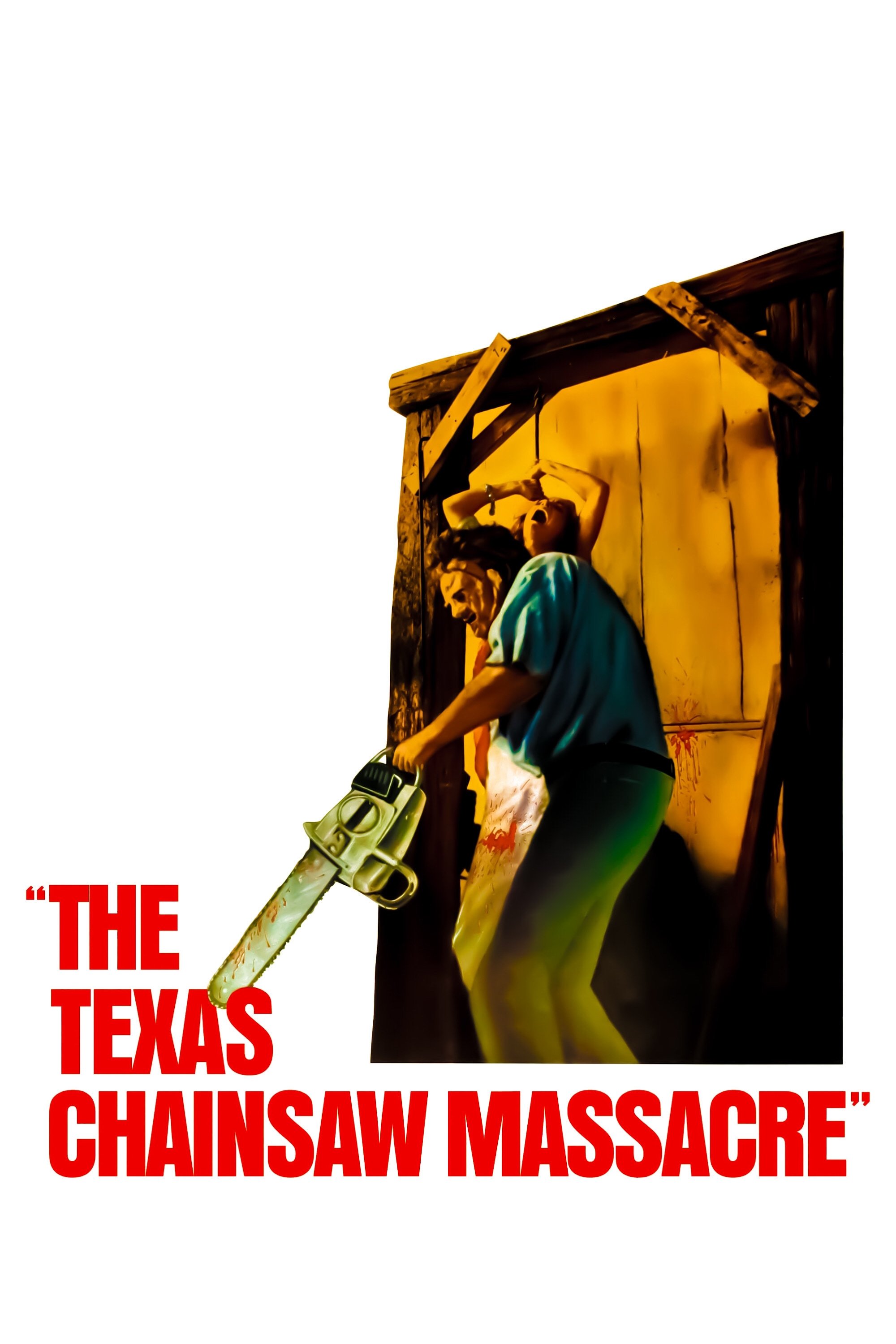
Tobe Hooper’s unsettling thriller was filmed with a small team in Austin, relying on a farmhouse location and the intense summer heat to create a creepy mood. Instead of costly special effects, the film used realistic sound, shaky camera work, and limited on-screen violence to build a truly terrifying experience. Thanks to independent distribution and positive buzz, it became a huge success, spawning numerous sequels and inspiring many other filmmakers.
‘Piranha’ (1978)
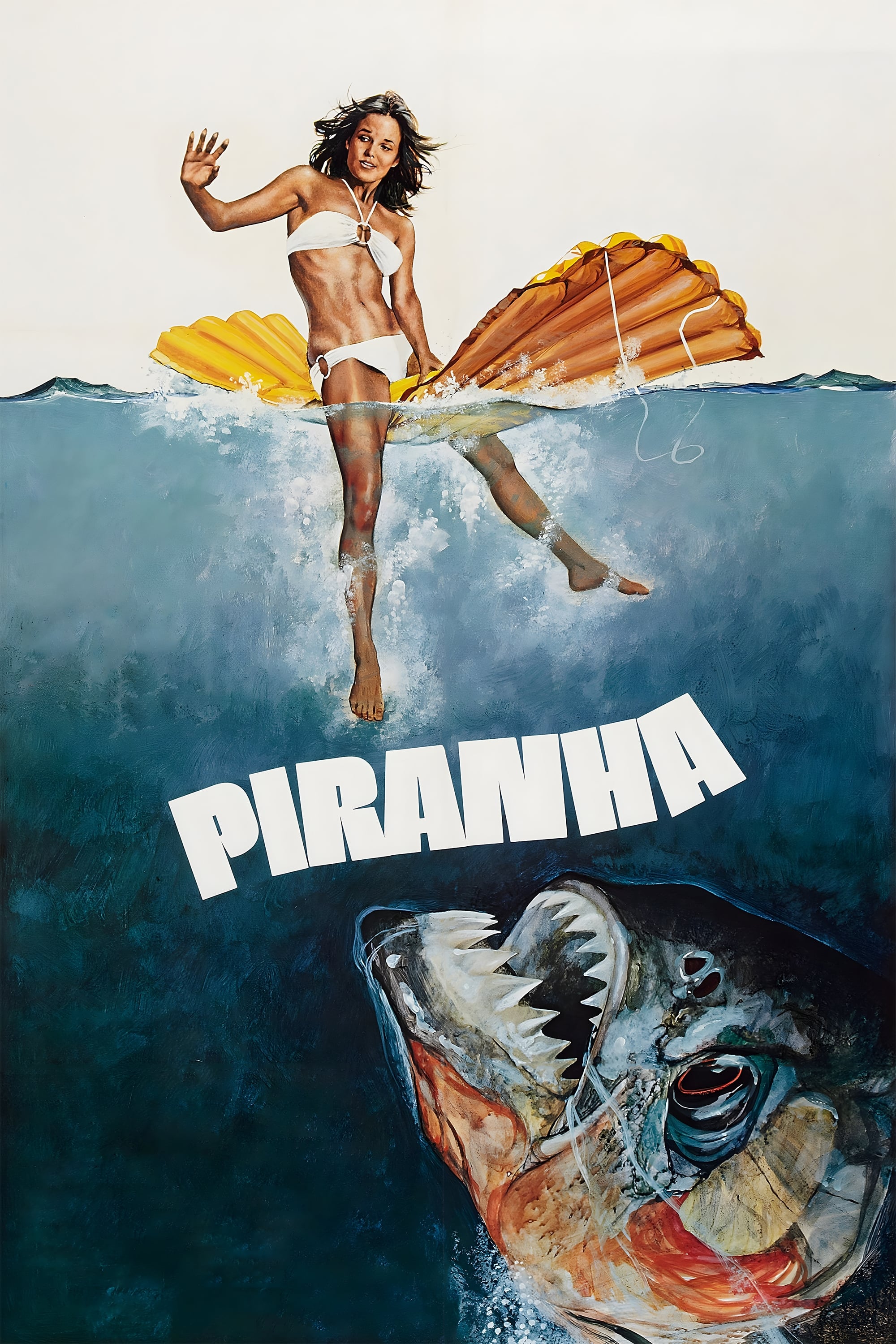
Made by Roger Corman’s New World Pictures, Joe Dante’s monster movie used impressive miniatures and practical effects to create thrilling underwater action. The clever script by John Sayles gave it a satirical edge, making it stand out from typical monster films of the time. The film’s popularity spawned a sequel that helped launch the directing career of James Cameron and kept the franchise going for many years.
‘Re-Animator’ (1985)
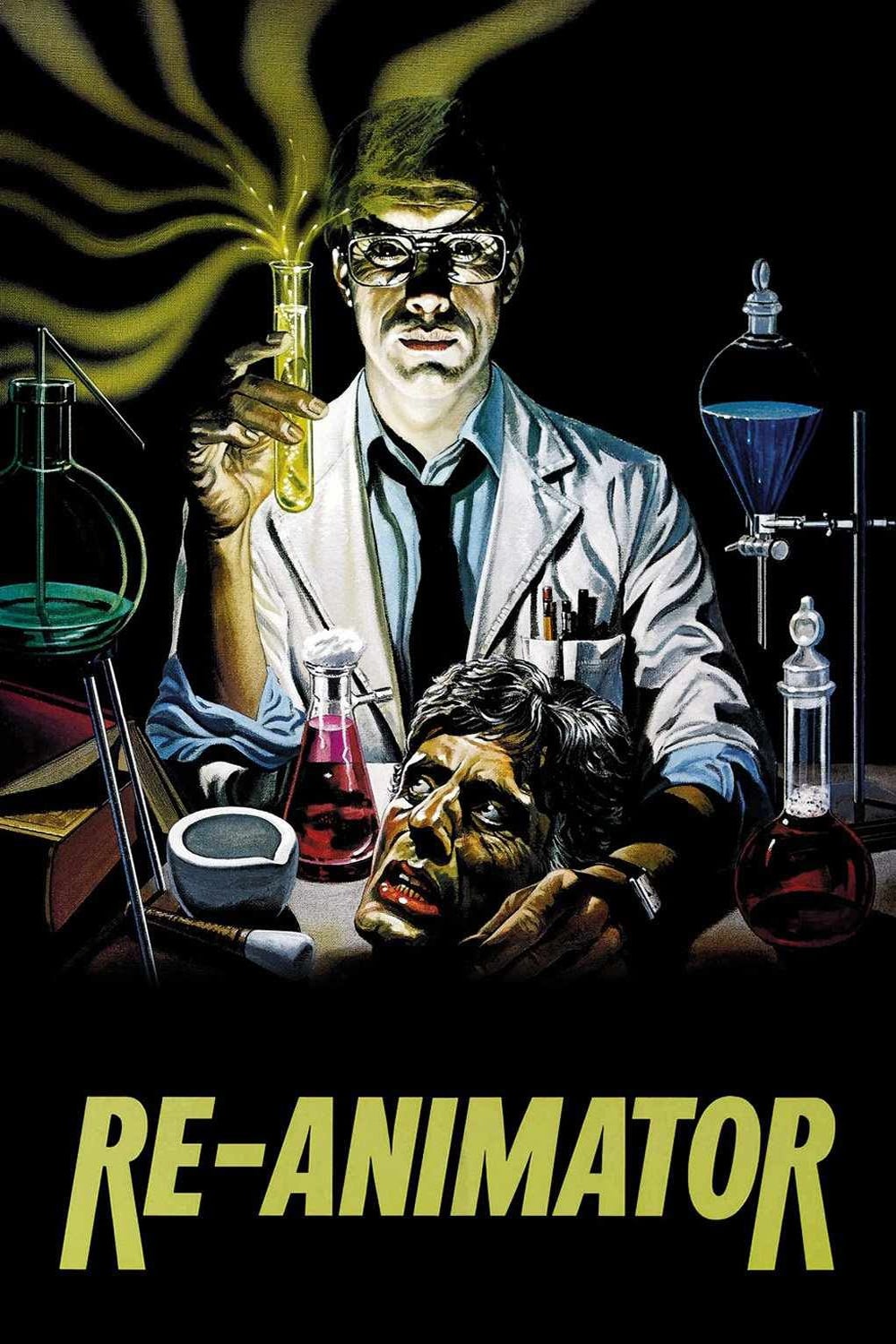
Stuart Gordon brought H.P. Lovecraft to life with daring special effects and a film initially released without a rating, which quickly became popular on home video. Jeffrey Combs starred as Herbert West in a movie that didn’t shy away from over-the-top, comedic gore. Despite a small budget, clever makeup and ambitious sets helped the film become a beloved cult classic.
‘Cube’ (1997)
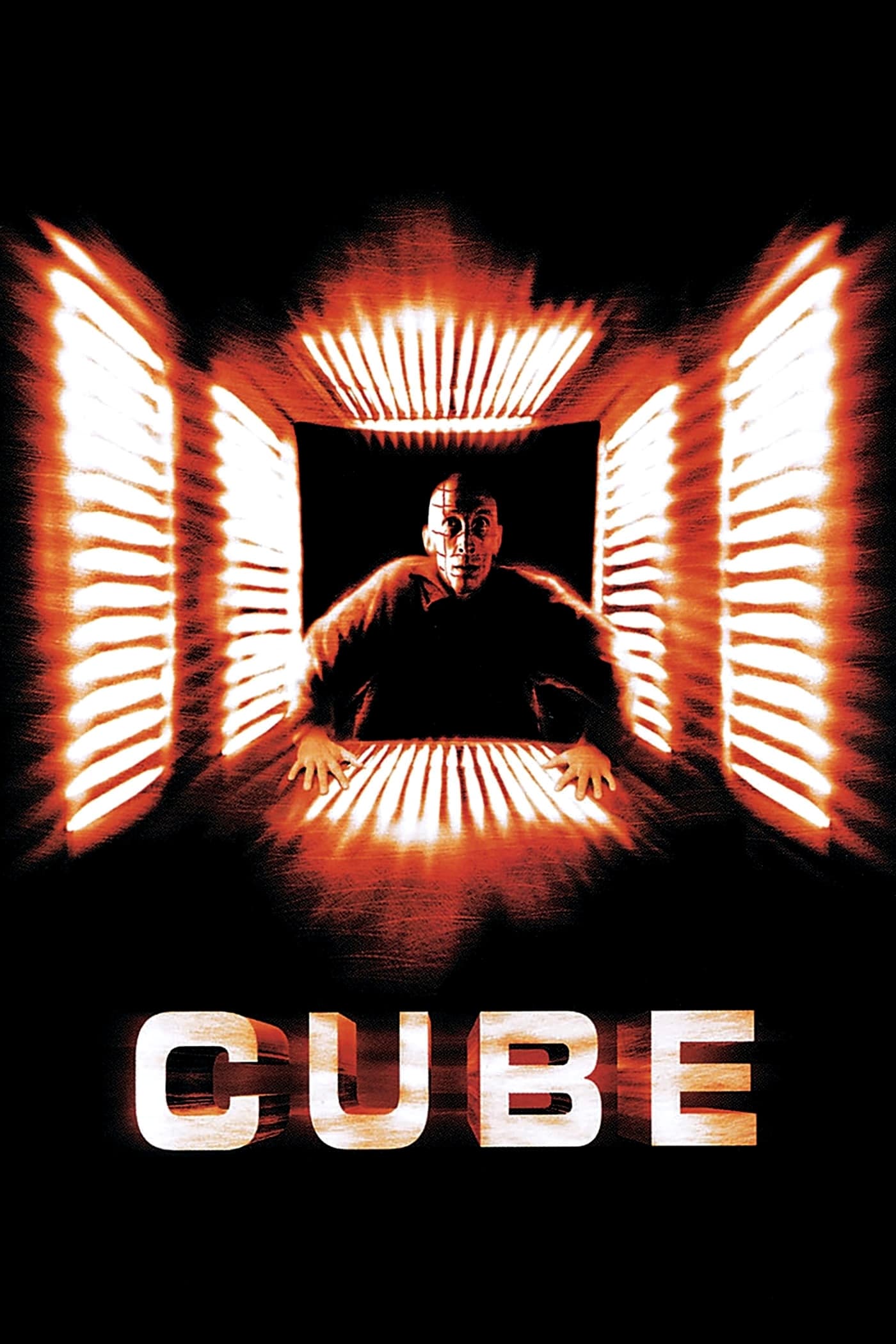
Vincenzo Natali’s Canadian sci-fi film cleverly minimized costs by using a single set that was re-dressed with different colors to appear as many different rooms. Despite a small cast and limited space, careful use of lighting made the film feel much larger. The film’s unique idea paved the way for other escape room-style stories and led to follow-up films and adaptations.
‘Death Race 2000’ (1975)
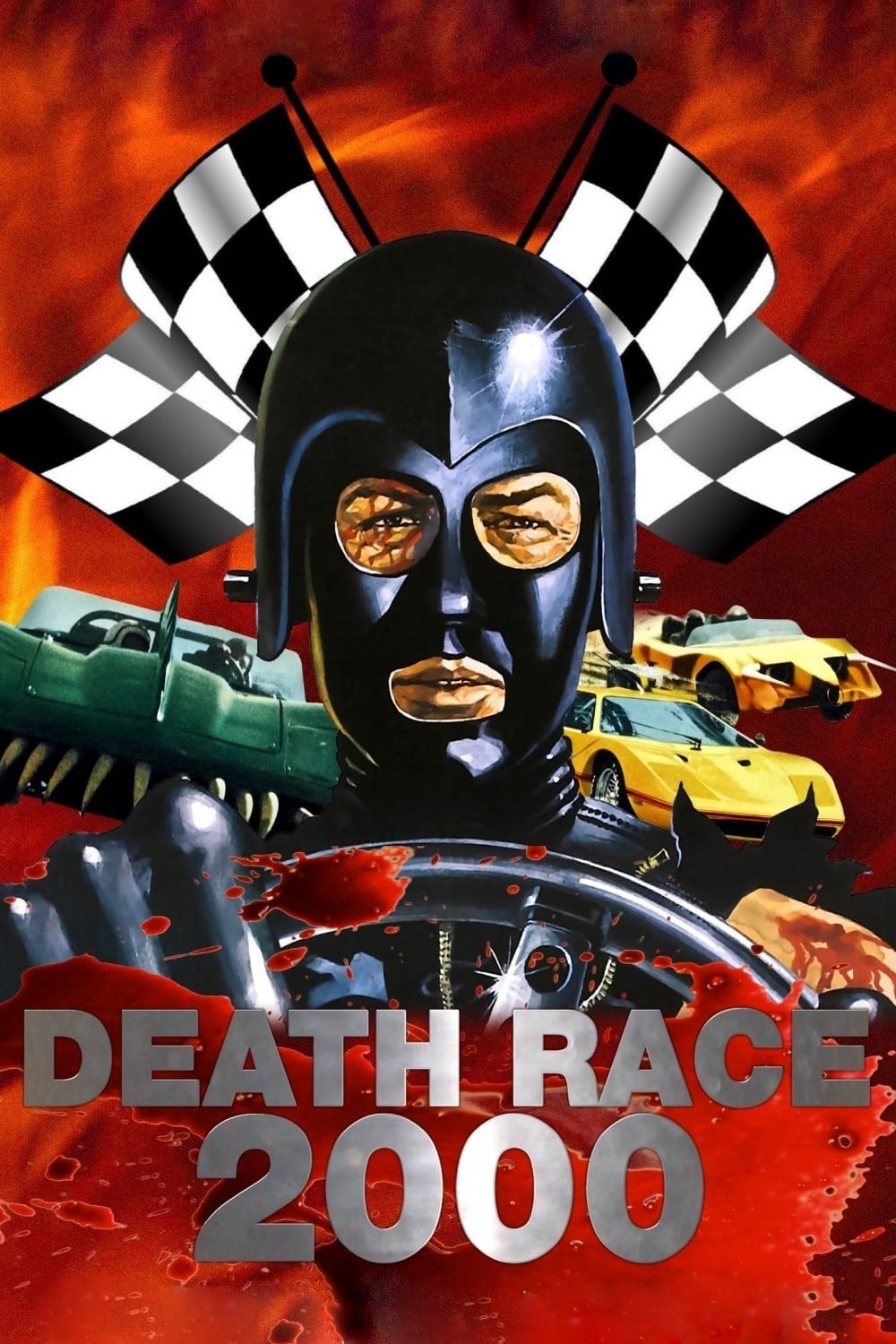
I recently watched this really fun, over-the-top road movie directed by Paul Bartel. It was made for New World Pictures and starred David Carradine – and get this, a young Sylvester Stallone! They apparently built all these crazy cars and did a ton of stunts, all on a super tight schedule and with a really raw, independent filmmaking style. It’s this awesome mix of action and social commentary, and it totally became a drive-in classic. You can still see its influence in a lot of those dystopian sports movies that come out today, which is pretty cool!
‘Repo Man’ (1984)
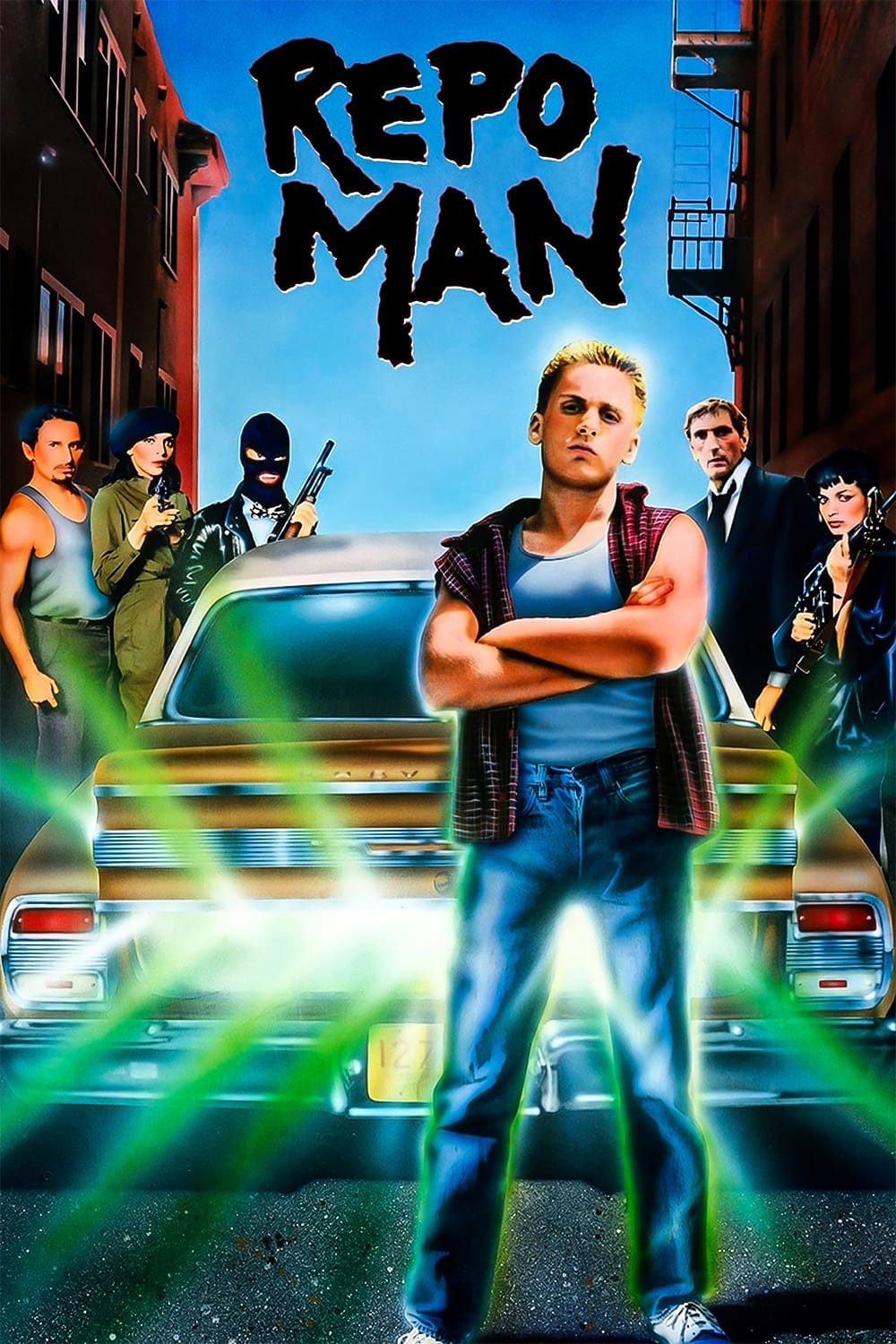
Alex Cox’s unique sci-fi film, starring Emilio Estevez and Harry Dean Stanton, was known for its punk energy and soundtrack featuring Los Angeles bands. Despite being made with a limited budget and oversight from the studio, the filmmakers used real locations and quirky comedy. While it didn’t initially do well in theaters, it gained a dedicated following through late-night showings and home video releases, becoming a beloved cult classic that continues to inspire filmmakers today.
‘The Blair Witch Project’ (1999)
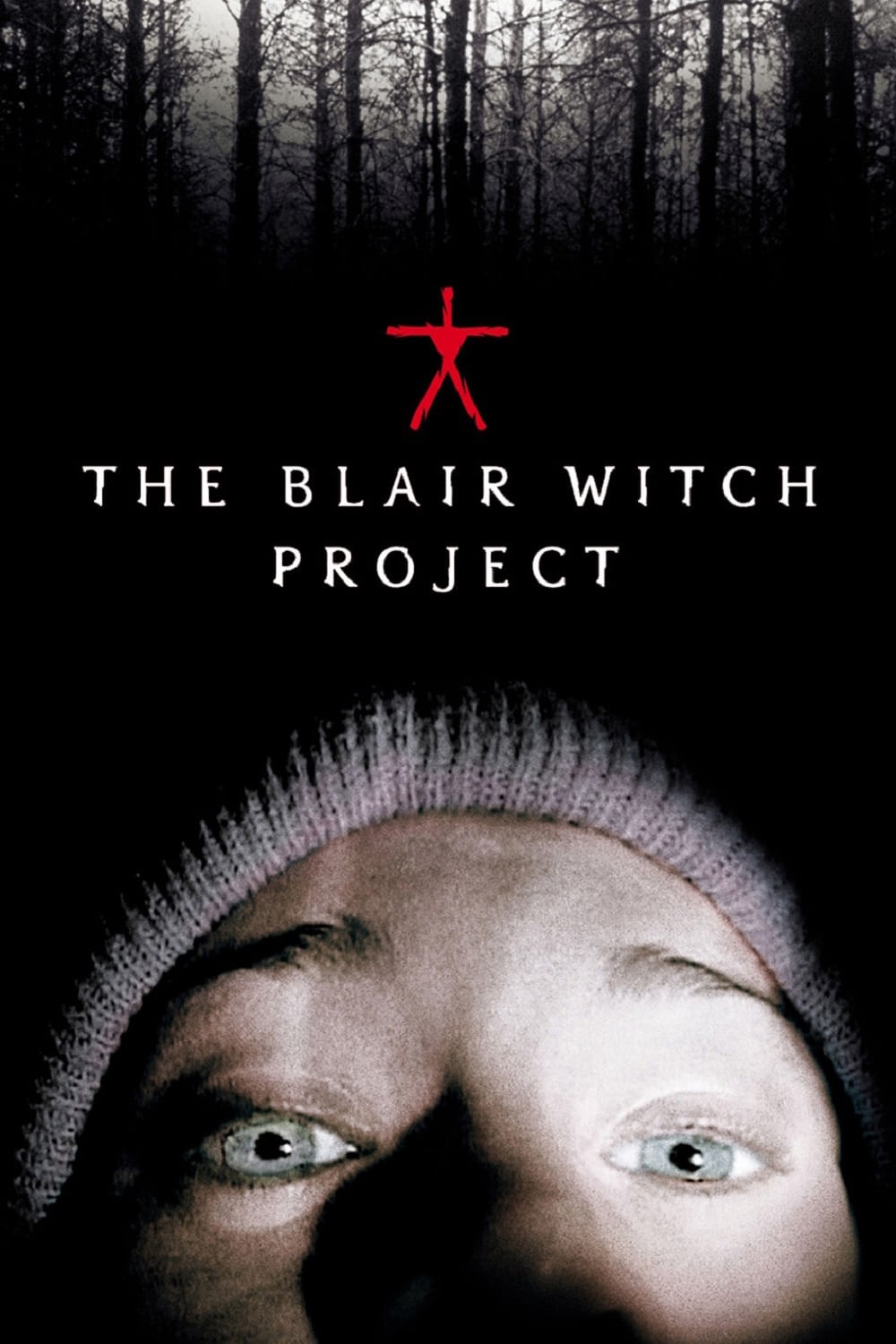
Daniel Myrick and Eduardo Sánchez created a truly unsettling atmosphere in their film by using a realistic ‘found footage’ style, relying on actors’ improvisation, and working with a very small team. They also cleverly used the internet and presented the film as a real documentary, which confused and intrigued viewers. After being discovered at the Sundance Film Festival by a smaller distributor, the movie became a surprisingly huge commercial success, especially considering how little it cost to make.
‘The Blob’ (1958)
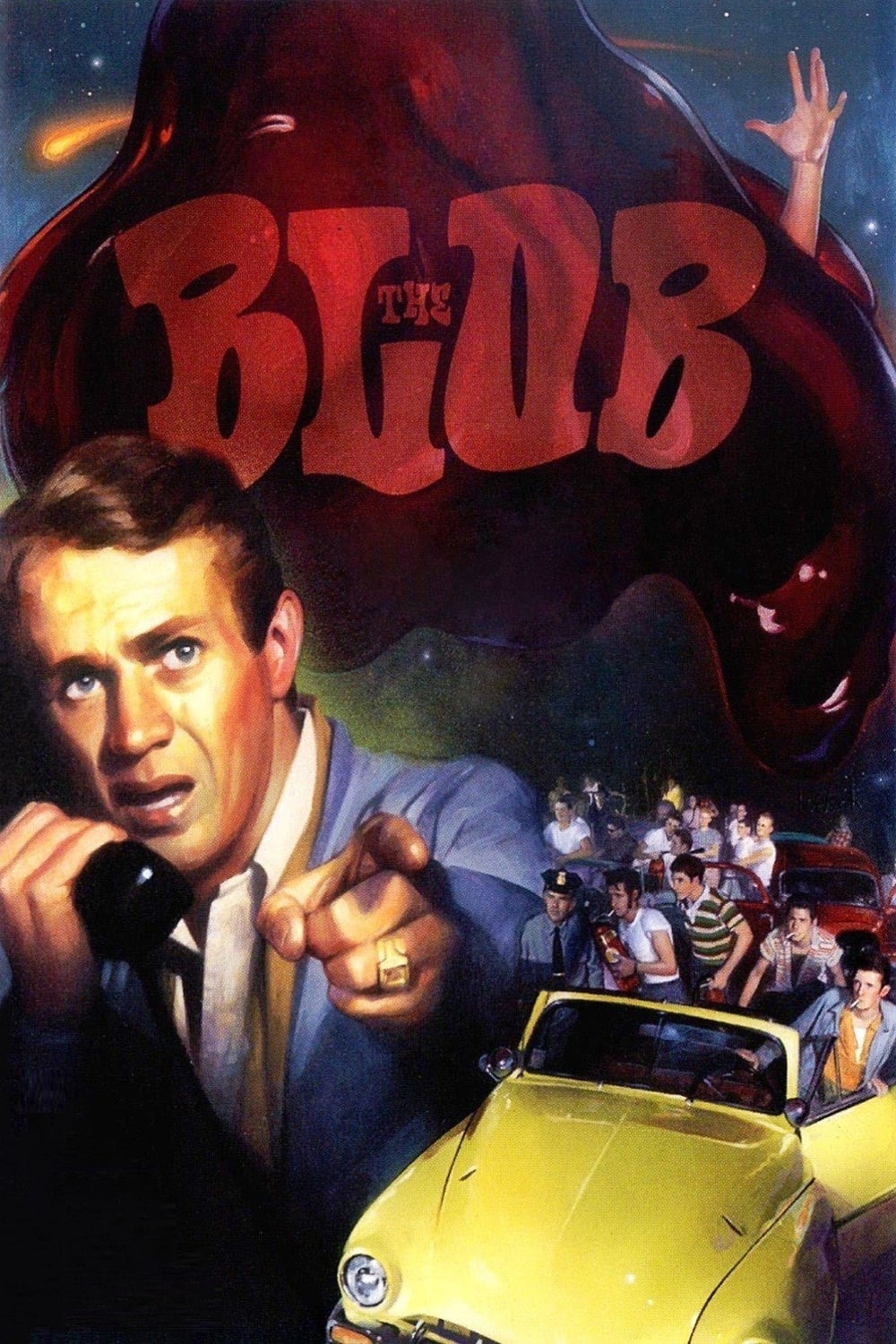
Filmed in Pennsylvania with a young Steve McQueen, this monster movie relied on classic special effects and colored lighting to create its shape-shifting villain. A memorable theme song composed by Burt Bacharach and Mack David gave it lasting appeal, and smart production and distribution choices made it a long-running hit on television.
‘Assault on Precinct 13’ (1976)
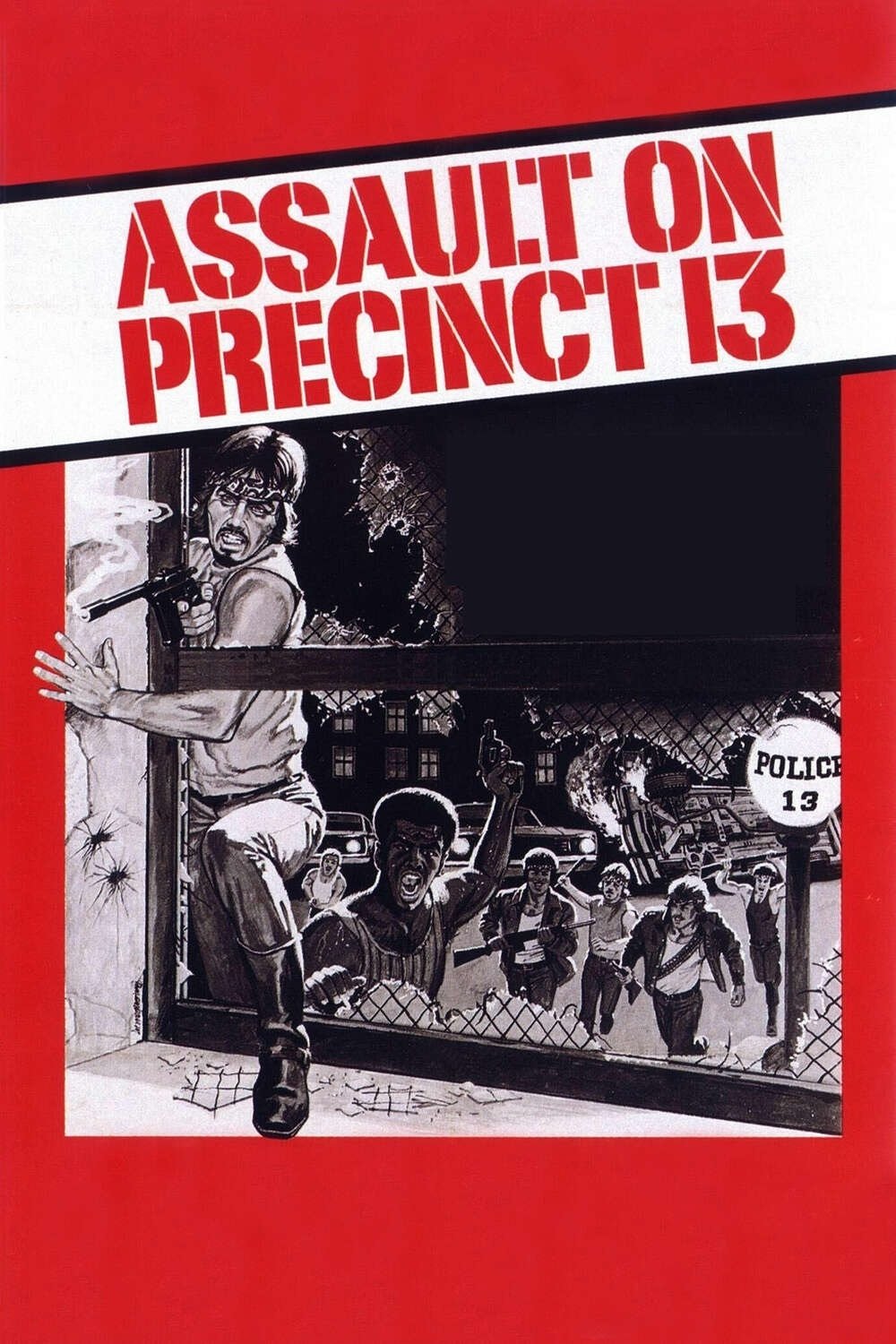
John Carpenter’s film created a sense of tense, city-based suspense, borrowing elements from old Westerns where characters are trapped and under attack. He achieved this through quick cuts and a driving electronic music score. By filming in a few locations with a small group of actors, the movie built tension without relying on expensive special effects. Positive reviews from critics in Europe helped establish Carpenter’s name and led to opportunities for bigger films.
‘Bad Taste’ (1987)
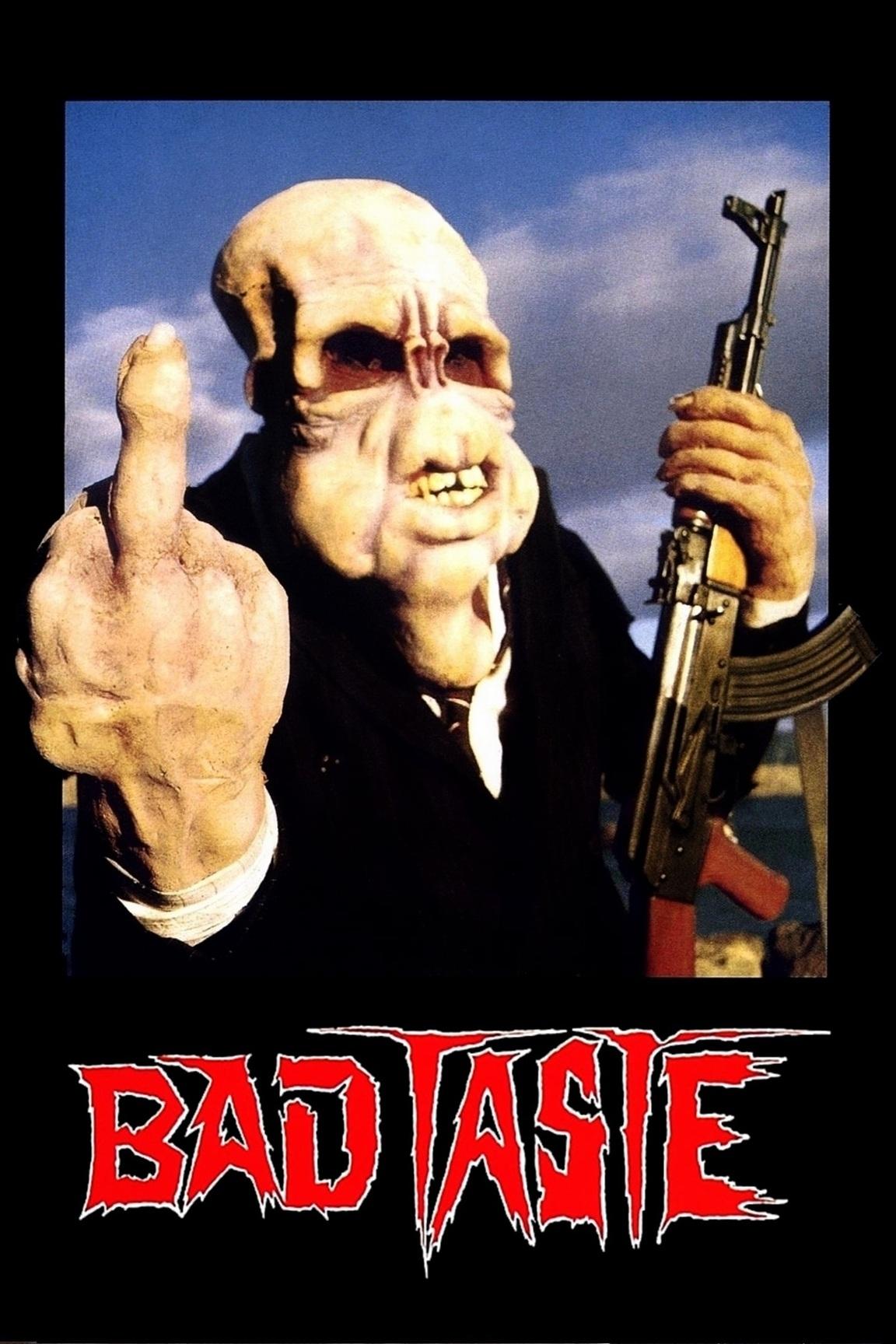
Peter Jackson and his team created this over-the-top, funny horror film in New Zealand, filming on weekends and building all the props and special effects themselves. It took several years to finish, but once they secured funding, they were able to complete the editing and polish the film. This wildly inventive project helped launch Jackson’s career and brought attention to New Zealand’s growing film industry.
‘Tremors’ (1990)
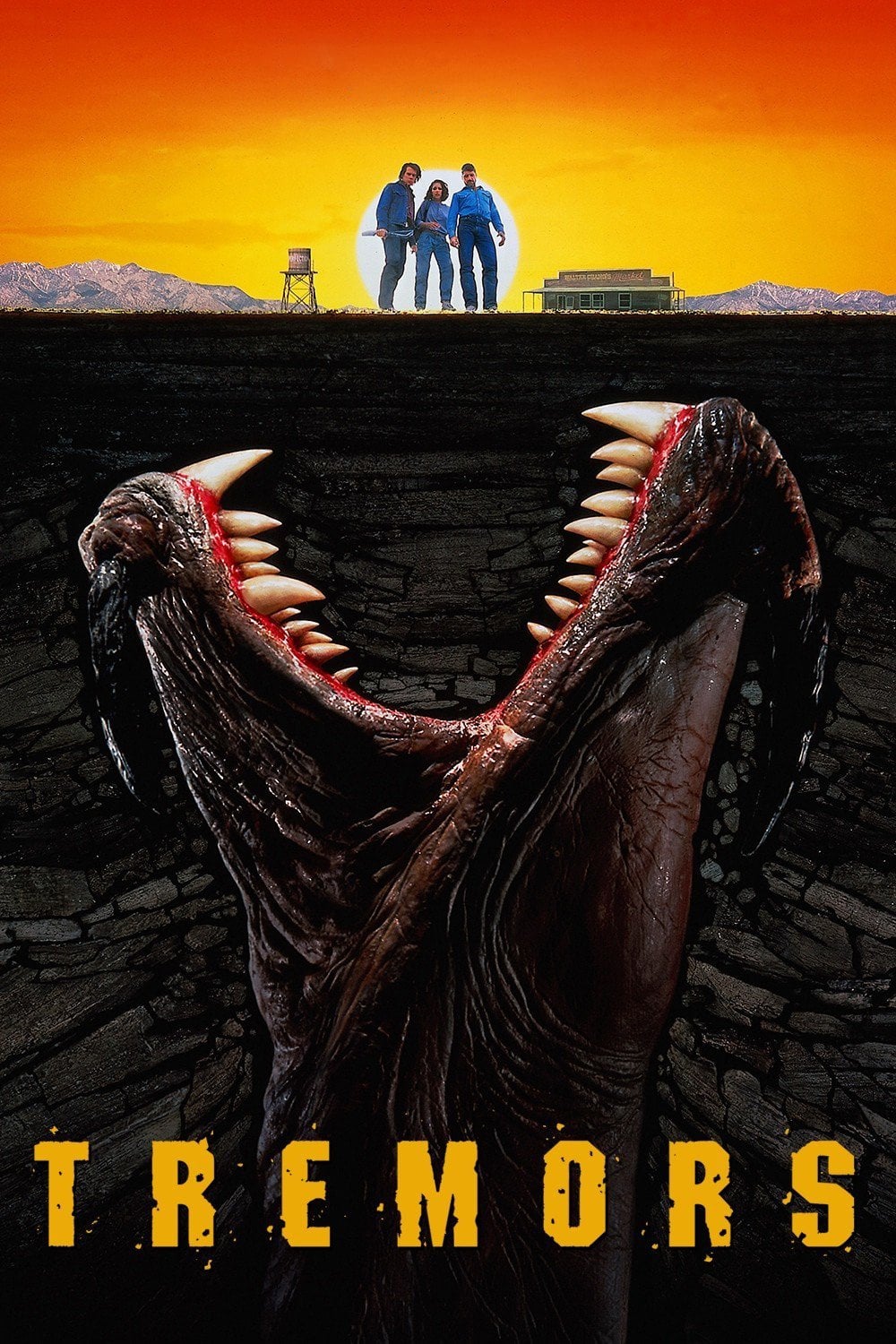
Director Ron Underwood and his team brought the terrifying, worm-like Graboids to life using practical effects and innovative camera techniques to simulate their attacks. The film starred Kevin Bacon and Fred Ward, who helped ground the story in its small-town setting. While it didn’t make a huge splash in theaters, it became popular on home video and launched a successful series of sequels.
Tell us about your favorite surprisingly good, low-budget movies in the comments! We want to hear which underappreciated films you think deserve more attention.
Read More
- Bitcoin’s Ballet: Will the Bull Pirouette or Stumble? 💃🐂
- Can the Stock Market Defy Logic and Achieve a Third Consecutive 20% Gain?
- Dogecoin’s Big Yawn: Musk’s X Money Launch Leaves Market Unimpressed 🐕💸
- Gold Rate Forecast
- LINK’s Tumble: A Tale of Woe, Wraiths, and Wrapped Assets 🌉💸
- Deepfake Drama Alert: Crypto’s New Nemesis Is Your AI Twin! 🧠💸
- SentinelOne’s Sisyphean Siege: A Study in Cybersecurity Hubris
- Binance’s $5M Bounty: Snitch or Be Scammed! 😈💰
- Investing in 2026: A Tale of Markets and Misfortune
- Ethereum’s $3K Tango: Whales, Wails, and Wallet Woes 😱💸
2025-10-15 04:18